Place To Visit
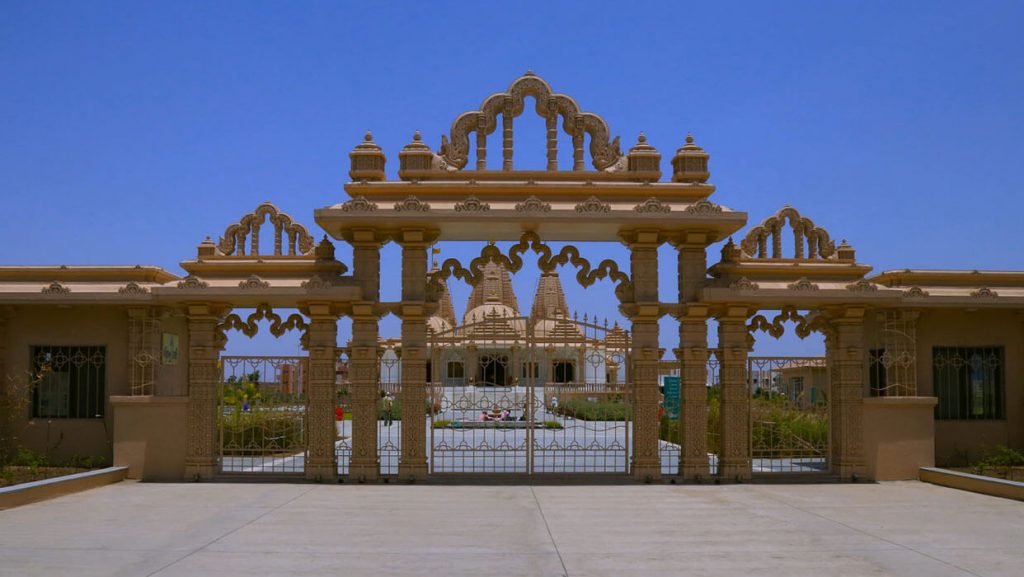
The Surendranagar Trimandir is located 17.1 km away from the city of Surendranagar (Gujarat), near Lok Vidhyalaya, on Muli Road.
LocationSurendranagar – Rajkot Highway, Near Lok Vidhyalay, Muli Road, Surendranagar, Gujarat.
HistoryThe temple complex covers an area of 13,190 sqft, while the temple podium is 5,656 sq ft. The entire complex is surrounded by a lush, green garden with benches, as well as a beautiful fountain at the centre.
The temple also has an informative museum and mini-theatre on GnaniPurushParamPujya Dada Bhagwan, around whose vision the Trimandir has been built. His aim was to remove the differences between religions and further to bring religions back to the seat of the Soul. Building a non-sectarian temple was one of the ways that His vision is being fulfilled. The museum has approximately 30,000 visitors in a year.
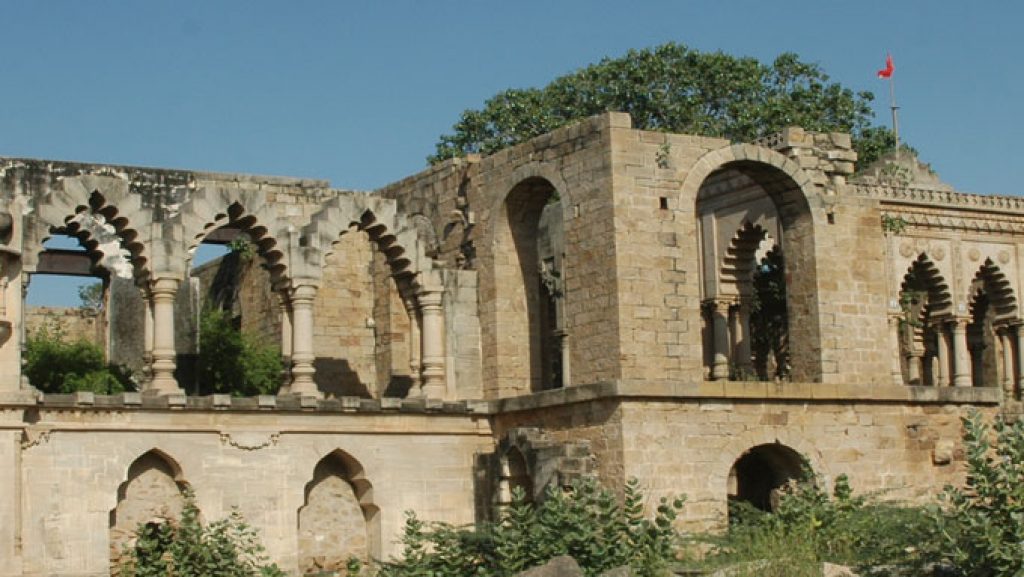
Going into the fortified township of Wadhwan, tourists cannot but get awed by the simplistic structures of the erstwhile kingdom of Jhala Rajput rulers, who had a major influence on the culture of the region. Also, remarkable is the culture of Jainism in this section of Gujarat. Wadhwan city is a part of the Surendranagar district of Gujarat located about 111 kms from the town of Ahmedabad. Wadhwan is a known location for its old world royal charm and serene space with a life and culture of its own.
History of Hawa Mahal and WadhwanWadhwan rulers belonged to the Jhala Rajput clans and had good administrative and culturally inclined society. To provide sufficient protection to their clan and the people, the town of Wadhwan was fortified and gates were erected at most places to provide safety. Some of these gates and the fortified walls are still found in the city, although it has grown beyond these walls. Wadhwan was the centre of the princely state by the same name, which in earlier days was known as Vardhamanpuri, the name being derived from the great Jain Thirthankaras, Bhagwan Vardhaman. The prime ministers of this princely state belonged to the Rawal family who were given the title of Dewan Bahadur. Under their rule, a number of important structures were constructed, mostly during the era of 18th and 19th century.
Various structures which adorn the landscape of Wadhwan in Surendranagar district are related to Jainism, but there are two important tourist important palaces, the Hawa Mahal and Raj Mahal. The latter was the residence of His Highness Balsinhji in 19th century, replete with exotic gardens, cricket pitches, fountains, tennis courts and lily ponds.
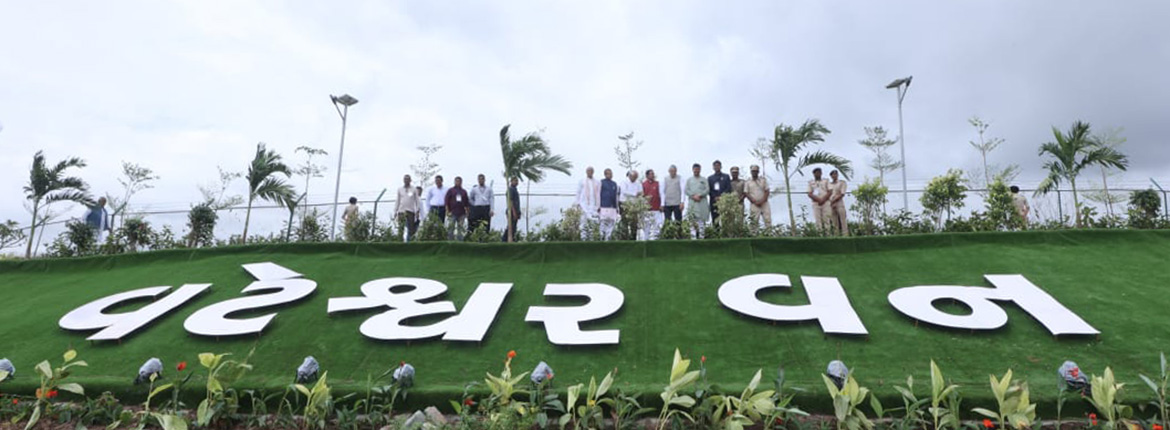
The Vateshwar-Van (also known as Vateshwar Mahadev Temple and Van) is a significant religious and historical site located near Surendranagar, Gujarat, India. It is primarily known for its ancient Shiva temple and the surrounding dense forest (Van), which holds mythological and historical importance.
LocationVateshwar-Van is located about 25 km from Surendranagar city, near the village of Vadhavi.
The nearest major town is Dhrangadhra, which is well-connected by road and rail.
HistoryThe Vateshwar-Van, located near Surendranagar, Gujarat, is an ancient and sacred site centered around the Vateshwar Mahadev Temple, dedicated to Lord Shiva. Steeped in mythology, it is believed to date back to the Mahabharata era, with legends suggesting that the Pandavas visited during their exile and established the temple. The name "Vateshwar" may also be linked to Sage Vatsa, who is said to have meditated here, earning Shiva's blessings. The surrounding dense forest (Van) has long been a retreat for ascetics, enhancing its spiritual significance. The temple's medieval-era architecture, coupled with its serene natural setting—including a sacred water stream—makes it a revered pilgrimage site, especially during Maha Shivratri and Shravan month. Today, it is maintained by local trusts and the Gujarat government, preserving its religious, historical, and ecological heritage.

Dholidhaja Dam is an important earthfill dam located near Dholidhaja village in the Surendranagar district of Gujarat, India. Built across the Bhogavo River, a tributary of the Bhadar River, it serves as a crucial water source for irrigation and drinking purposes in the region.
Historical & Functional SignificanceThe dam helps in water storage for agricultural activities in the drought-prone Surendranagar region.
It supports local villages and farms by providing a reliable water supply, especially during dry seasons.
The reservoir created by the dam also attracts migratory birds, making it a minor spot for nature enthusiasts.

The Riverfront in Surendranagar, Gujarat, is a landmark urban development project that has transformed the once neglected and flood-prone banks of the River into a vibrant and multifunctional public space. Initiated by the Surendranagar Municipal Corporation and implemented by the Riverfront Development Corporation Ltd. (SRFDCL), the project began construction in 2005 and was partially opened to the public in 2012. Spanning approximately 11.5 kilometers on both banks of the river (with plans to extend further), the development integrates environmental restoration, flood control, and urban beautification while making the river accessible to the public.
Moreover, the project has significantly improved the urban infrastructure of surendranagar, incorporating underground utility lines, stormwater drainage systems, and seamless connectivity with major city roads and public transportation like BRTS. Environmentally, the riverfront has played a key role in reducing direct sewage discharge into the river and increasing green cover along its banks.

Dudhrej Temple, also known as Shri Dudhrej Hanumanji Temple, is a famous and ancient religious site located in Dudhrej village, near Surendranagar, Gujarat. It is dedicated to Lord Hanuman and is widely revered by devotees, especially on Tuesdays and Saturdays, which are considered auspicious for Hanuman worship.
HistoryThe Dudhrej Hanumanji Temple, located in Dudhrej village near Surendranagar, Gujarat, is a revered ancient shrine dedicated to Lord Hanuman. Steeped in legend, the temple is believed to date back to the Ramayana era, with its name originating from a miraculous tale where Hanumanji provided milk ("dudh") to a devotee in need. The temple houses a sacred self-manifested ("Swayambhu") idol of Hanuman in a meditative posture, drawing devotees seeking protection, health blessings, and success. Its traditional Gujarati architecture, serene atmosphere under a sprawling peepal tree, and vibrant rituals—especially on Tuesdays, Saturdays, and festivals like Hanuman Jayanti—make it a spiritual hub. Located about 15 km from Surendranagar city, the temple also serves as a cultural landmark, with nearby attractions like Dholidhaja Dam and Wadhwan's historic havelis adding to its significance. The temple's enduring legacy and devotional energy continue to attract pilgrims and visitors year-round.
The Dudhrej Hanumanji Temple is a spiritually significant and peaceful destination in Surendranagar, attracting devotees from across Gujarat. Its legendary history, divine aura, and strong local faith make it a must-visit for religious travelers.
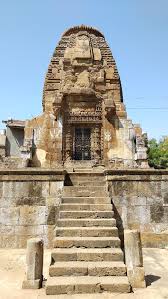
The Ranakadevi Temple in Wadhwan is a historic and revered shrine dedicated to Queen Ranakadevi, a legendary figure from Gujarat’s medieval history. Located in the heart of Wadhwan city (Surendranagar district), this temple commemorates the queen’s sacrifice and unwavering devotion, making it an important cultural and religious site in the region.
LocationWadhwan city, Surendranagar (~5 km from Surendranagar Railway Station).
Best Time to Visit: During Navratri or on full-moon days for vibrant festivities.
HistoryLegend of Queen Ranakadevi: According to folklore, Ranakadevi was the beautiful and virtuous queen of Raja Khengar of Junagadh. When Alauddin Khilji’s forces invaded Gujarat in the 14th century, she chose self-immolation (jauhar) over capture, symbolizing resistance and honor.
Temple’s Origin: The Wadhwan temple is believed to be a memorial honoring her sacrifice, though some accounts suggest it may have been a site where her ashes were brought.
Architecture & FeaturesThe temple showcases traditional Solanki-era architecture, with intricate stone carvings and a serene sanctum.
The main idol depicts Ranakadevi in a divine form, often worshipped alongside Goddess Ashapura (a local deity) and Lord Shiva.
A sacred flame (Akhand Jyot) is kept burning in her memory, symbolizing eternal courage.
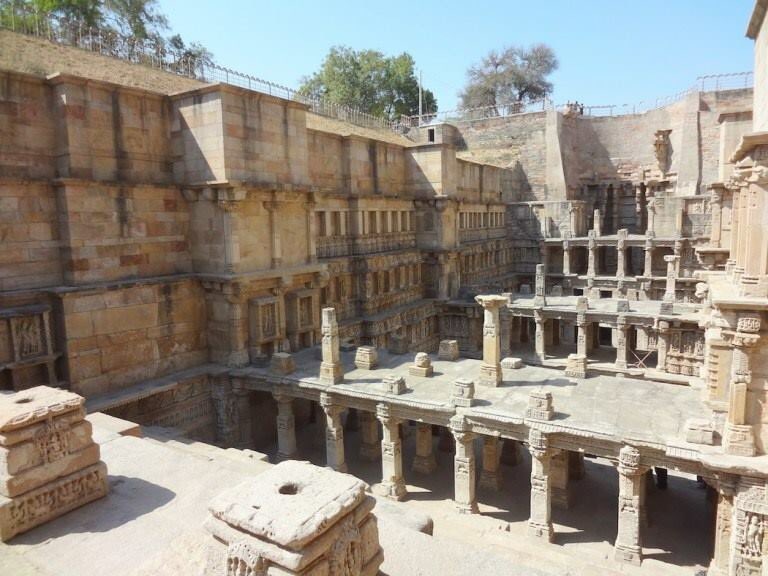
Located in the historic town of Wadhwan (Surendranagar district), Madhav Vav is a stunning stepwell (vav) that showcases the architectural brilliance and water conservation systems of medieval Gujarat. Built during the Solanki era (around the 12th-13th century), this stepwell is a hidden gem, reflecting the region’s rich heritage.
LocationWadhwan, Surendranagar (~5 km from Surendranagar city).
Best Time to Visit: October to March (pleasant weather).
HistoryBuilt by the Solanki Rulers: The stepwell is attributed to the Solanki dynasty, which ruled Gujarat during its golden age of temple and stepwell architecture.
Purpose: Besides water storage, it likely served as a community gathering spot and a spiritual retreat, as many stepwells had small shrines.
Architectural MarvelDesign: The stepwell follows the classic Gujarati stepwell style, with intricate carvings, multi-storied pavilions (kutas), and a series of descending steps leading to the water reservoir.
Material: Built using sandstone, the structure features detailed sculptures of deities, floral motifs, and geometric patterns.
Layout: Like other vavs in Gujarat, it was designed to provide water during dry seasons while serving as a resting place for travelers.